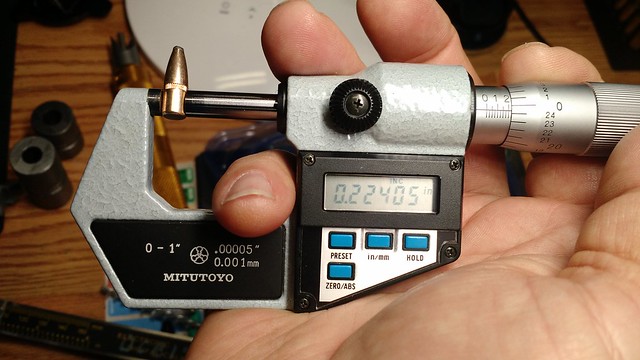TheSpaceWanderer
Member
Or is it??? I don't know.
Hi guys,
I am brand new to reloading. I just got my press last week and I've been reading through the manual it came with and I picked up another that's specific for the caliber I want to reload (44 mag). I plan on reloading for my marlin 1894 first. It's new and I want to shoot it. From what I read on the forums, rifles and pistols chambered in 44 are not identical. Pistols like .429/.430 while rifles tend to like .431/.432. So I picked up some .431s sjfp from Everglades ammo.
While pouring through the manuals I have I noticed that nowhere in them do they specify loads for .431 bullets. They have loads for .429 and .430.
So being brand spanking new at this that was enough to stop me in my tracks.
Now to the question. I can only assume that wider bullets would have increased tension between the case and bullet and that that would effect the amount of pressure needed to send it on its way and that would effect the powder charge.
But what do I know....
Hi guys,
I am brand new to reloading. I just got my press last week and I've been reading through the manual it came with and I picked up another that's specific for the caliber I want to reload (44 mag). I plan on reloading for my marlin 1894 first. It's new and I want to shoot it. From what I read on the forums, rifles and pistols chambered in 44 are not identical. Pistols like .429/.430 while rifles tend to like .431/.432. So I picked up some .431s sjfp from Everglades ammo.
While pouring through the manuals I have I noticed that nowhere in them do they specify loads for .431 bullets. They have loads for .429 and .430.
So being brand spanking new at this that was enough to stop me in my tracks.
Now to the question. I can only assume that wider bullets would have increased tension between the case and bullet and that that would effect the amount of pressure needed to send it on its way and that would effect the powder charge.
But what do I know....





